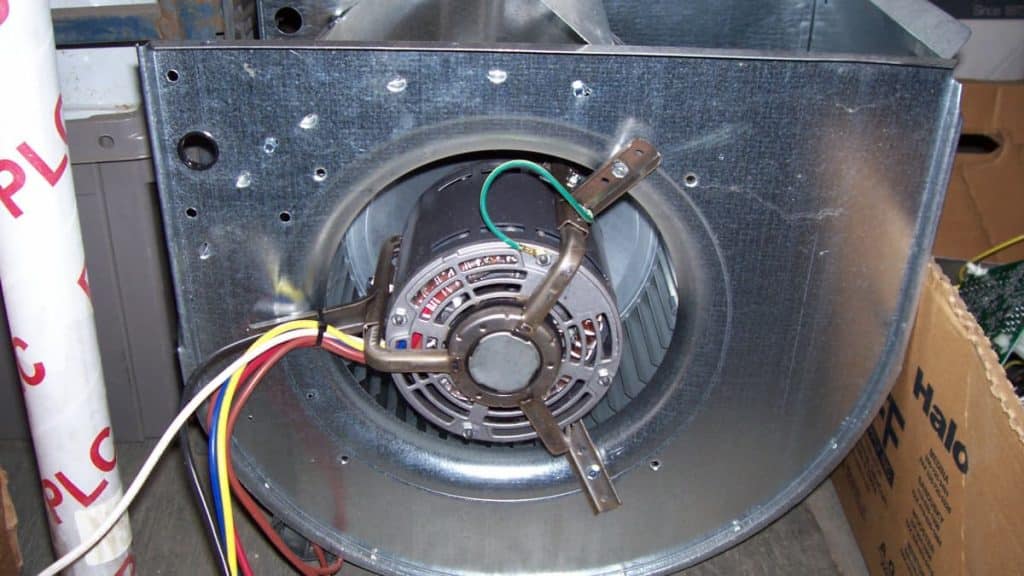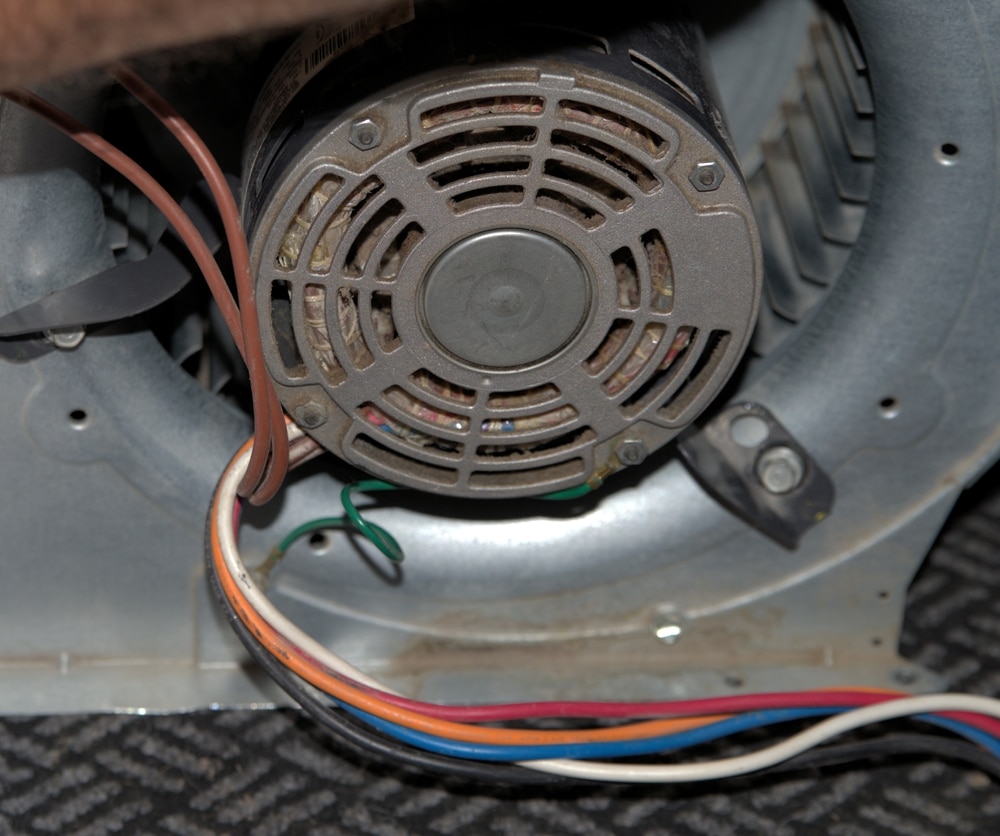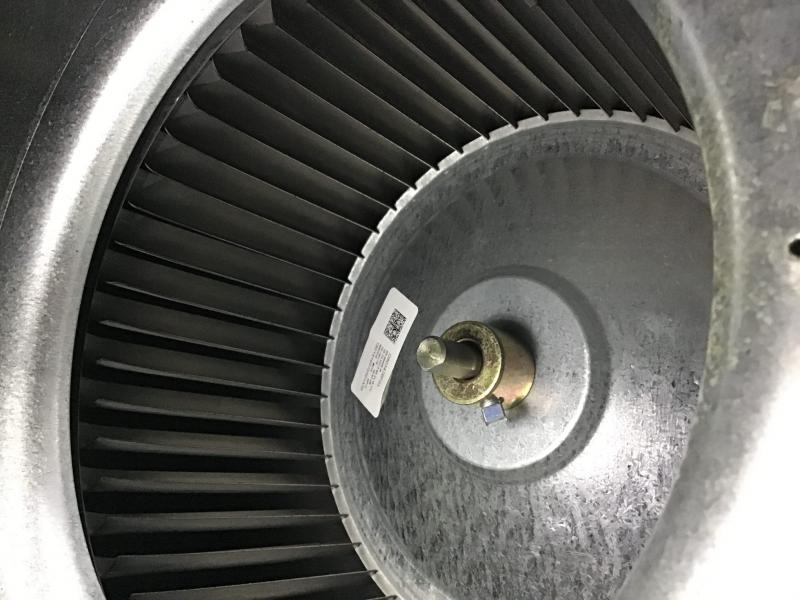Ensuring your home’s heating, ventilation, and air conditioning (HVAC) system operates efficiently is paramount for maintaining a comfortable indoor environment while keeping energy costs in check. Among the various components of an HVAC system, the fan plays a crucial role in distributing heated or cooled air throughout your living space. However, determining the optimal duration for the fan to run after the furnace shuts off can be a nuanced decision influenced by several factors. In this comprehensive guide, we delve into the intricacies of fan operation post-furnace shutdown, exploring the considerations that homeowners should keep in mind to strike the right balance between comfort and energy efficiency.
Understanding the Role of the Fan in HVAC Systems

Before delving into the specifics of fan operation, it’s essential to understand the fundamental role it plays in an HVAC system. The fan, located within the furnace unit, is responsible for circulating air throughout the ductwork and into each room of your home. By doing so, it helps maintain consistent temperatures across different areas, ensuring comfort for occupants regardless of their location within the house. Additionally, the fan facilitates the filtration of air, capturing airborne particles such as dust, pollen, and pet dander, thereby improving indoor air quality.
Factors Influencing Post-Shutdown Fan Operation
Several factors come into play when determining how long the fan should continue to run after the furnace shuts off. These factors include:

- Temperature Differential: The temperature differential between the target temperature set on the thermostat and the actual indoor temperature is a significant consideration. If there’s a substantial gap between the two, allowing the fan to run for an extended period post-shutdown can help distribute residual heat evenly throughout the home, minimizing temperature variations and ensuring comfort.
- Air Circulation Needs: The layout and size of your home influence its airflow dynamics. Larger homes or those with multiple levels may require more prolonged fan operation to achieve uniform heating or cooling. Conversely, smaller homes or apartments may achieve adequate air circulation with shorter fan cycles.
- Energy Efficiency Concerns: While prolonged fan operation can contribute to better temperature distribution and indoor air quality, it can also lead to increased energy consumption. Homeowners should strike a balance between comfort and energy efficiency by adjusting fan operation settings based on their priorities and usage patterns.
- HVAC System Design: The design and efficiency of your HVAC system, including the type of furnace and fan motor, can impact post-shutdown fan operation. Modern HVAC systems equipped with variable-speed fan motors offer greater flexibility in adjusting fan speeds and durations, allowing for more precise control over airflow and energy consumption.
- Personal Preference: Ultimately, the optimal duration for post-shutdown fan operation may vary depending on individual preferences and comfort requirements. Some homeowners may prefer a shorter fan cycle to conserve energy, while others may prioritize maintaining consistent indoor temperatures throughout the cooling or heating season.
Strategies for Finding the Right Balance
Achieving the perfect balance between comfort, energy efficiency, and indoor air quality requires careful consideration and experimentation. Here are some strategies to help homeowners determine the optimal duration for post-shutdown fan operation:

- Experiment with Settings: Take advantage of any programmable features on your thermostat to experiment with different fan operation durations. Monitor the impact on indoor comfort and energy consumption to identify the most suitable setting for your needs.
- Seek Professional Advice: If you’re unsure about the ideal fan operation duration for your HVAC system, consider consulting with a licensed HVAC technician. They can assess your system’s specifications, airflow dynamics, and environmental conditions to provide personalized recommendations for optimizing fan operation.
- Invest in Smart Thermostat Technology: Upgrading to a smart thermostat equipped with advanced scheduling and automation capabilities can simplify the process of managing fan operation. These intelligent devices can learn your household’s patterns and preferences, automatically adjusting fan settings to maximize comfort and energy efficiency.
Conclusion
Determining the optimal duration for the fan to run after the furnace shuts off is a crucial aspect of maintaining comfort and energy efficiency in your home. By considering factors such as temperature differentials, air circulation needs, and personal preferences, homeowners can strike the right balance between achieving consistent temperatures and minimizing energy consumption. Experimentation, professional guidance, and leveraging smart thermostat technology can all contribute to finding the ideal fan operation strategy for your HVAC system, ensuring year-round comfort and savings.






GIPHY App Key not set. Please check settings